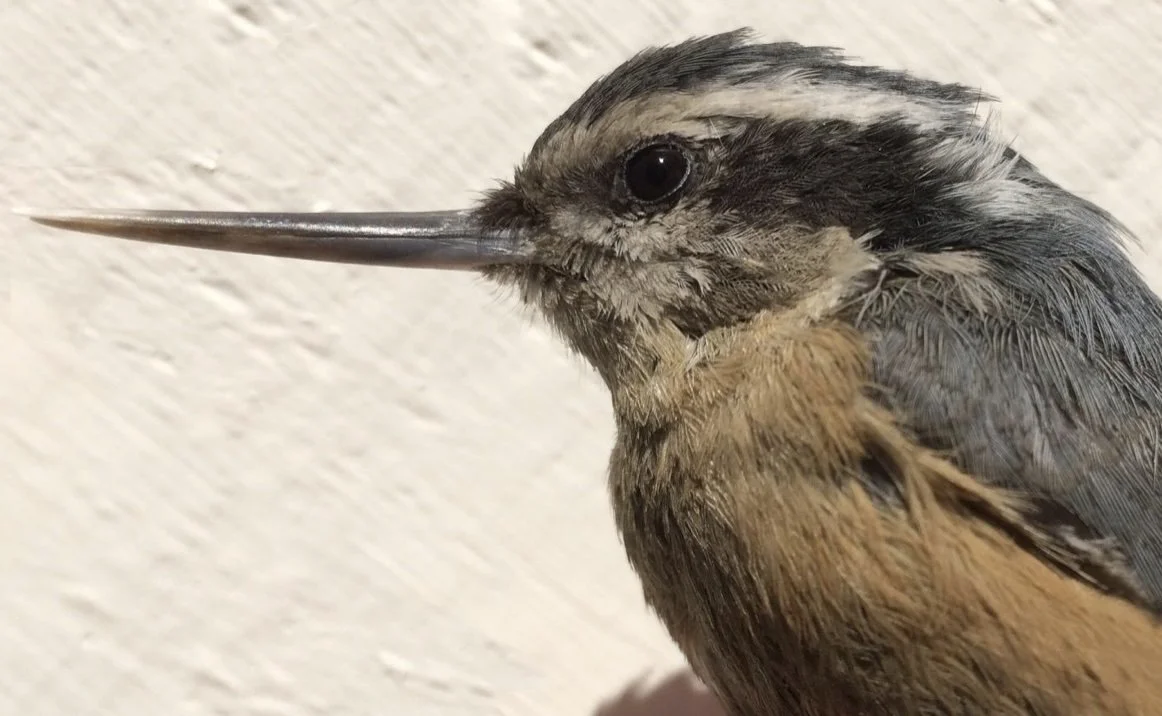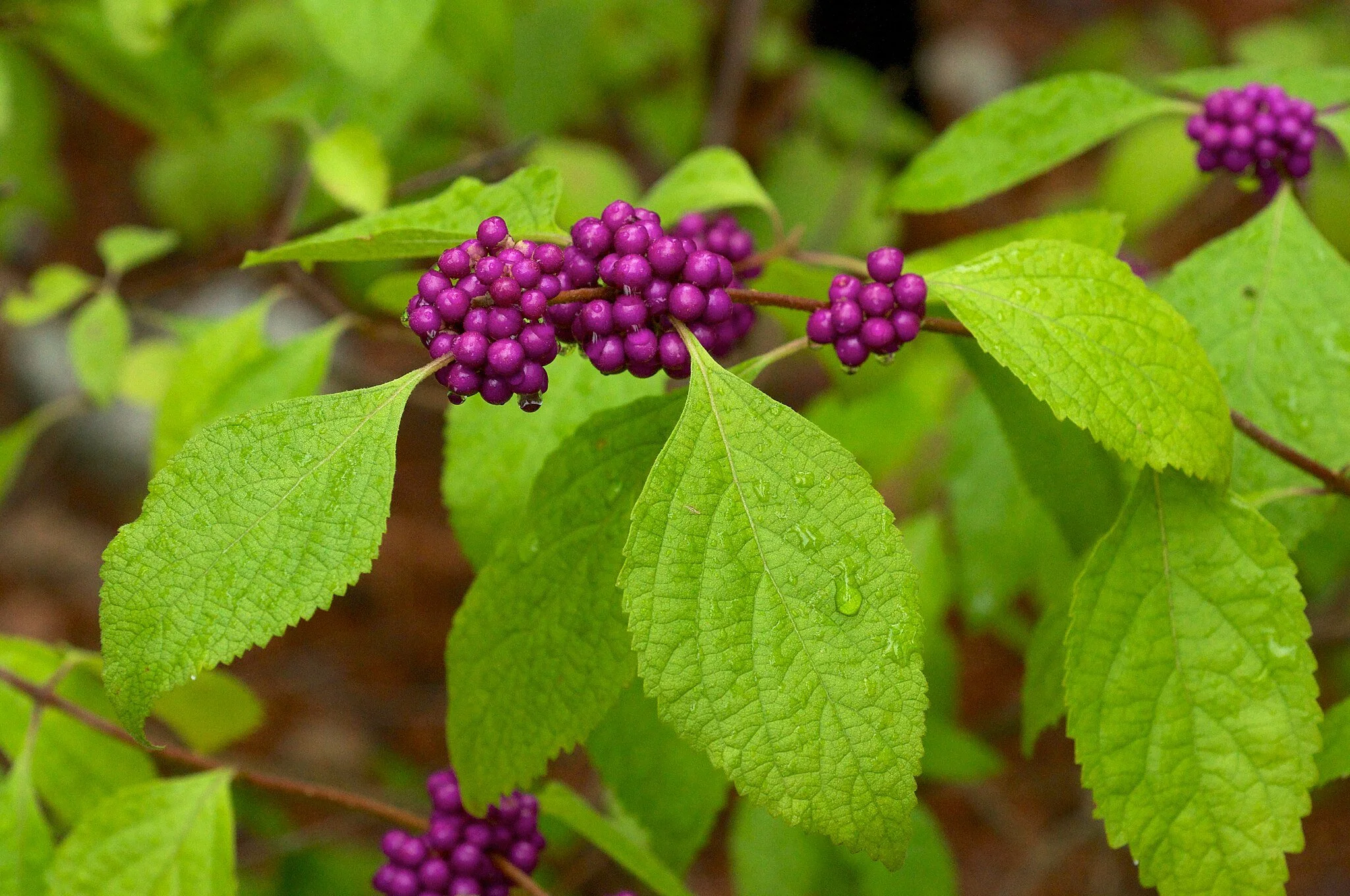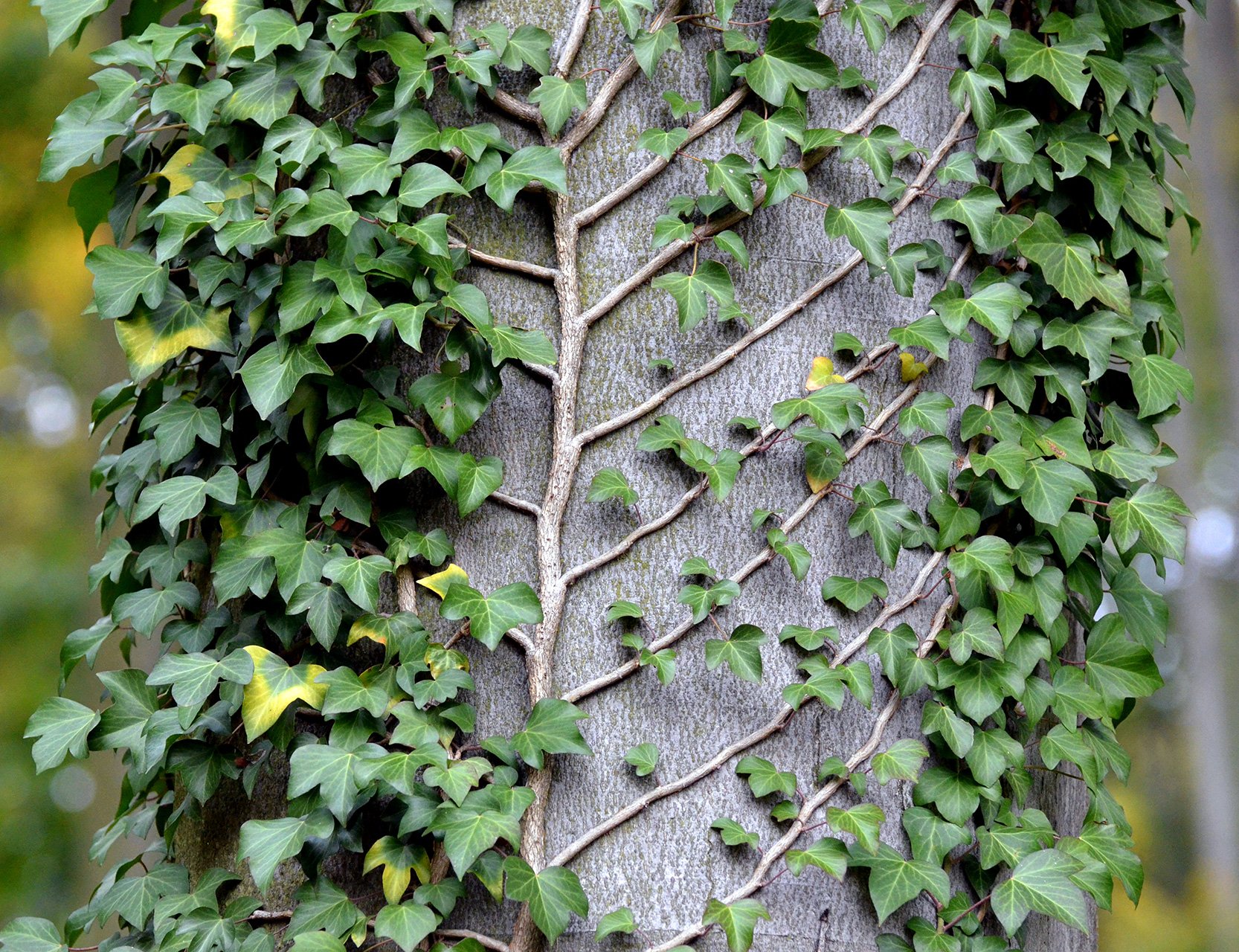All News
We have hundreds of articles full of great information about everything from birds to advocacy to native plants. Use the search feature below to find what you are looking for. You can also browse older articles in our News Archive.
The Smithsonian Environmental Research Center in Edgewater, MD, hosts a Project Owlnet bird banding station as part of a project studying Northern Saw-whet Owl migration. I was allowed to participate as a volunteer last year, which gave me a truly memorable experience, seeing the Northern Saw-whet Owl for the first time.
An enigma alighted on an Arlington birdfeeder in late July, a sparrow-sized bird with an inverted feeding style and a prodigious beak almost as long as its brown and white body. Who was this strange visitor?
Advocating for your legislative priorities can be intimidating. NVBA is offering two programs that will help demystify the process and provide an advance look at legislation that will be introduced in the 2026 Virginia General Assembly.
“Oh-sweet-Canada-Canada” or “Old-Sam-Peabody-Peabody” – no matter which phrase you associate with the song of the White-throated Sparrow, northern Virginia residents can expect to hear it throughout the coming months as these little birds sing of their return from breeding grounds in Canada.
How do our feathered friends survive winter? They have two options: migrate south to warmer temperatures or adapt to the winter weather.
Judy Gallagher is an NVBA board member and a regular surveyor of local wildlife who also captures photos of what she sees, in particular the less common species.
It’s a beautiful plant - evergreen, red berries, soft foliage - but evil lurks in its heart. Nandina, a.k.a. Heavenly Bamboo or Nandina domestica, is a woody shrub native to Asia. It is not a true bamboo but, just like its namesake, it is a real problem in the landscape.
As each November rolls around, I try to review the past year in order to acknowledge and honor the many things for which I am thankful.
Long before modern birding, native peoples across North America watched, listened, and learned from the birds that shared their homelands. For them, birds were not merely part of the scenery: they were kin, teachers and messengers between worlds.
The Commonwealth’s nearly 600 data centers make it one of the largest concentrations in the world. It is estimated that 70% of the world's internet traffic passes through Virginia.
The return of Yellow-bellied Sapsuckers in northern Virginia coincides with the re-appearance of Halloween decorations in mid-October, and, like the trick-or-treaters who arrive October 31, they seek sweets.
Berries that grow on native trees and shrubs are wildlife powerhouses. Despite that, some of the best producers are labeled “junk trees” in today’s gardening and landscaping industries because they aren’t someone’s idea of what a yard tree should look like.
We're thrilled to announce the launch of NVBA’s first annual Calendar Photo Contest. Showcase your favorite shots while supporting conservation right here in northern Virginia.
Judy Gallagher is an NVBA board member and a regular surveyor of local wildlife who also captures photos of what she sees, in particular the less common species.
Browse older articles in our News Archive, or use the search feature above to find what you are looking for.
Birding in Northern Virginia
Articles featuring local birding hotspots, birding tips, and more.
Wildlife Sanctuary Program
News from our Wildlife Sanctuary program.


































